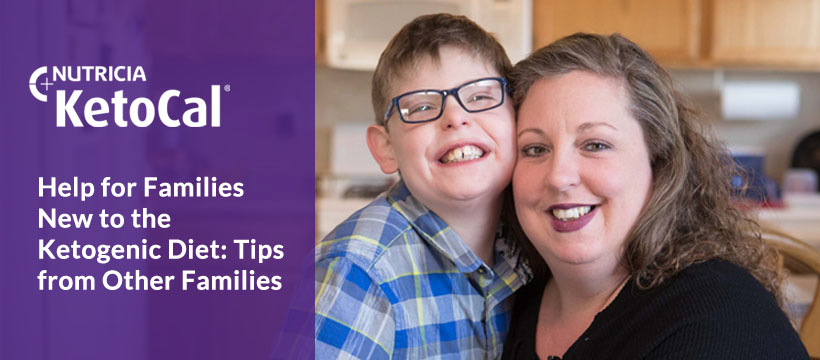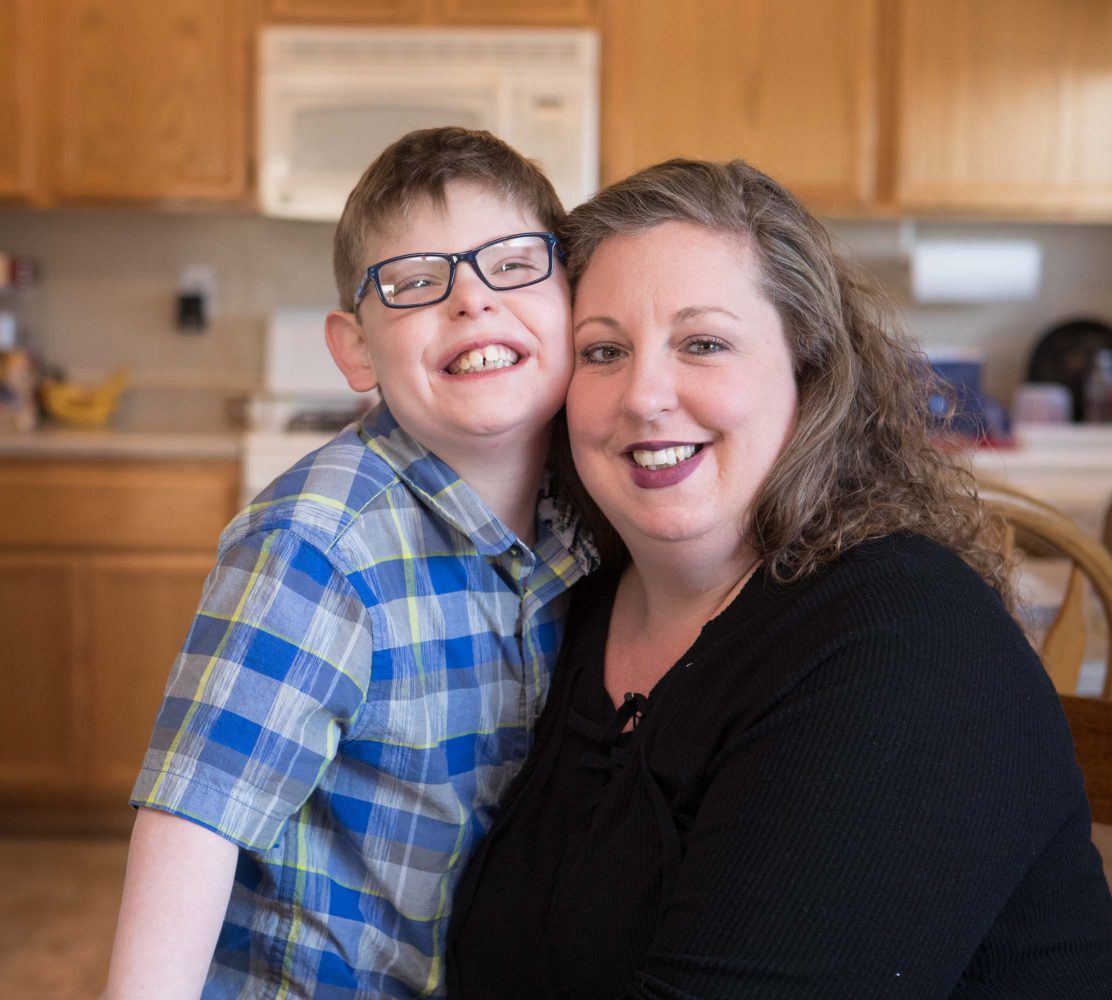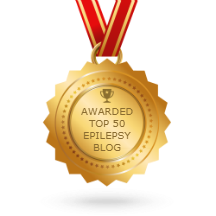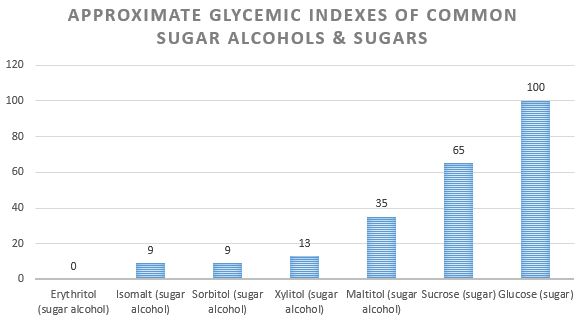Hi, my name’s Maya, and I’m currently a full-time research technologist at the Johns Hopkins University (JHU) Sidney Kimmel Comprehensive Cancer Center. I’m also in school part-time, pursuing a graduate degree at JHU’s Bloomberg School of Public Health.
Life Before My Epilepsy Diagnosis
When I was in high school, my classes started at 7:20 am, so I had to wake up at 5:45 AM every day. With all the activities that I was involved in at the time, I often didn’t get to bed until almost midnight, and I was sleep deprived most of the time during school weeks. During my junior year, I began to have these spasms, usually right after I woke up, that caused me to drop my toothbrush or even drop my phone every so often. I told my parents about them, but they didn’t think much of them and thought they were due to lack of sleep. My pediatrician at the time also chalked up these spasms to lack of sleep
During that time, I was also preparing for my graduation in classical Indian dance (Bharatanatyam), and my dance teacher wanted me to shed the extra pounds that I had gained in the last few years so that I would have the energy and stamina to get through my three-hour dance recital/exam (Arangetram) in my senior year. So, I had put myself on a strict low-fat diet, and was really watching my calories.
I graduated from high school and got through my dance exam with flying colors, and soon I was off to college, which was located about an hour away from home. I was living in the dorm, but often came home on weekends and continued to participate in dance activities for my teacher’s school.
The Day that Turned My Life Upside Down
In my sophomore year at college, as my class curriculum became more difficult (in particular, Organic Chemistry!), I woke up a few mornings with my muscles so sore that I was unable to move. I had no idea why this was happening, but had little time to think about it. I tried my best to stay ahead of my studies, which meant frequent late nights and skipping meals.
Then came the day that turned my life upside down. One Friday in early October of my sophomore year, I took the train home after my classes were done to teach an evening dance class. After my parents picked me up from the train station, I got in my car to drive to the dance studio, which was about a 15-minute drive. I never made it there.
The next thing I remember is waking up in an ambulance, completely disoriented and thinking I was still on the train. I began to cry and asked for my parents. After that, I fell asleep again and woke up in the hospital hooked up to an IV, with a police officer sitting next to me. “You had a seizure, sweetheart. Can you hear me?” I learned that a couple of minutes after I pulled out of my parents’ driveway earlier that evening, while I was still on the residential street on the way to the main road, I crashed my car into a tree by the side of the road. I had experienced my first grand mal seizure (also known as a tonic-clonic seizure). According to witnesses, I was still convulsing as paramedics pulled me out of the car. I suffered barely a scratch on my nose. The air bag had deployed and saved my life. I had been very lucky indeed, because in a couple more minutes, I would have been on the freeway. My car – the cute little stick shift hybrid that my dad had recently taught me to drive –wasn’t so lucky though. The crash had pretty much wrecked the front end.

My Diagnosis: Juvenile Myoclonic Epilepsy
The weeks following the accident were a blur. It seemed like every other day was a new neurological test. The official diagnosis was Juvenile Myoclonic Epilepsy. This came as a shock since I was healthy in every other way. All those “spasms” I’d been having since high school were myoclonic jerks. The muscular soreness that I had been experiencing some mornings in college was because I had had seizures during the night. The morning of the accident, I had had probably the most severe “spasm” (which I now know was a myoclonic jerk) – I had fallen flat on my face in the bathroom.
The day of my accident, I had been severely sleep-deprived. My parents didn’t know this, of course, or else they would never have allowed me to get behind the wheel of a car that day. The sleep deprivation had almost certainly precipitated the seizures, according to the neurologist. My neurologist also said that the combination of my low-fat diet and sleep deprivation had similarly been at least partly responsible for the myoclonic jerks that I experienced in high school.
Needless to say, my parents were in a state of shock too, and struggling to come to terms with this diagnosis and what was happening to their only child, who had been perfectly healthy until then. After the trauma of the accident and the relief that I had survived unscathed, this was like a double whammy. They began to ask everyone in their respective families if there was a history of epilepsy in any of my close relatives, since the neurologist said it was hereditary in the majority of cases. They found no instance of seizures in the previous two generations.
Medication Problems
I had been put on Keppra® since the initial diagnosis, and although the frequency of my seizures decreased drastically, the side effects began to take over and unravel my life. I was experiencing crippling lethargy and depression, often nodding off in my classes. My grades suffered – I was failing the first semester of my sophomore year of college!
My parents, who are also researchers at Johns Hopkins, sought a second opinion from a Johns Hopkins neurologist. They also wanted to find out if there was any other option for me beyond this medication that was ruining my college life. Coincidentally, they had watched a movie called “First, Do No Harm” starring Meryl Streep. The movie follows the story of Charlie, a young boy who was suffering from a severe form of epilepsy whose seizures were finally managed using the medical ketogenic diet at Johns Hopkins. My parents immediately contacted the Hopkins Neurology department, and I was able to meet with a new doctor within a couple of months of my accident. That’s how I met Dr. Mackenzie Cervenka.
The Modified Atkins Diet (MAD)
After my first appointment at Hopkins with Dr. Cervenka, we learned that there was a new trial being carried out on adult patients for a diet that is much more compatible to an adult lifestyle – the modified Atkins diet (MAD). It maintains the same concepts as the classical medical ketogenic diet but with a few variations so as to allow an adult to follow it easily. My initial excitement at this new diet was short-lived, however, when I learned that it precluded most Indian food and that I would have to abandon the veganism that I had recently adopted as an avid animal lover. However, I wasn’t going to allow my epilepsy to control me; I was determined to control my epilepsy. My parents and I were invited to attend a presentation by the Hopkins Neurology Department to a group of prospective keto patients where they also gave us some tips and tricks for starting and sticking to the diet. KetoCal® was the first product introduced to us, and honestly it is still my go-to product when I need an extra boost of fat and nutrition in my diet.
The start of my diet happened to coincide with my winter break from school in December of 2014. My parents and I spent the break in Texas on a previously arranged vacation. The whole trip was a conglomeration of long, frustrating trips to supermarkets and specialty low carb diet stores across the Lone-Star state, while feeling horrible as my body adjusted to the almost complete lack of sugar/carbohydrates in my diet.
I remember spending about an hour and a half at a grocery store in Houston, reading the nutritional labels for everything – including foods labeled “healthy” and even “sugar-free” – and realizing that I couldn’t eat 99% of what was on the shelves. We went to a natural food store in Austin and bought some horrendous coconut paleo bread that I could not get down my throat, even after toasting the heck out it. We walked along the River Walk in San Antonio, and I couldn’t eat at a single restaurant along the way. The only things we did actually buy on the River Walk were some low carb protein shakes from a convenience store!
Seizure Control & Having My Life Back
After what felt like the longest two weeks of my life, I managed to somehow coax my body into ketosis. Thankfully, all my work and sacrifice were worth it. In April of 2015, I was able to celebrate 6 months seizure-free for the first time since high school. It was the best feeling ever. My depression went away, and my grades picked up. I felt like I had my life back. In the spring of 2017, I graduated on schedule with a Bachelor of Science degree. This November (2018), I celebrated two years seizure-free, and I’m hoping to begin reducing my medication soon.
Along the way, I also mentored a student with autism and volunteered at the local children’s hospital, where I spearheaded and raised $1,000 for their 2017 dance marathon fundraiser (where I danced for 12 hours straight). I was also Program Director for my university’s Autism & Neurological Disorders (AND) Initiative and held leadership posts at several student organizations and events. Additionally, I participated in the National Walk for Epilepsy every year. Best of all, I managed to land a research job at Johns Hopkins University right after graduation, where I currently work while taking a couple of years to figure out how to launch the next phase in my academic career.
This modified Atkins diet (MAD) has not only served as a source of freedom from my epilepsy, but it also became my inspiration. I aspire to become a physician who, among other things, specializes in administering this diet in more locations worldwide. I am currently studying mental health and hope to shed light on this aspect of patient care in those with seizure disorders.
Advice for Others with Uncontrolled Seizures
For those who are experiencing trouble in controlling their seizures or the side effects from their medication, I highly recommend that they speak to their neurologist about getting on the medical ketogenic diet or the modified Atkins diet (MAD). I was once in a place where I believed that the side effects were something I would have to deal with for the rest of my life. But as my dad said to me in the days after my accident, and what I‘ve had tattooed on my wrist since then: “This too shall pass.”

Due to this remarkable diet, the worst has indeed passed, and I couldn’t be more grateful. I’m currently training to run a half-marathon this December (2018) for the second time in my life – the first time was in my freshman year at college – a few months before I had my accident.
Thank you so much for reading my story!
-Maya
Disclaimers:
I was paid by Nutricia for my time to write this blog post, however, my opinions are my own.
The medical ketogenic diet and the modified Atkins diet for epilepsy should be used under medical supervision.
KetoCal is a medical food and is intended for use under medical supervision.
Please note that this is one individual’s report of her experience with the modified Atkins diet and may not be the experience of others. Individual results will vary. Please discuss the potential benefits of the modified Atkins diet with your healthcare provider.
Keppra® is a registered trademark of UCB BIOPHARMA SPRL. and is not affiliated with Nutricia.
To learn more about the medical ketogenic diet for the management of intractable epilepsy, visit www.ketogenicdietforepilepsy.com.
Are you interested in sharing your experience with the medical ketogenic diet or modified Atkins diet (MAD) for epilepsy? Contact us at myketocal@nutricia.com.
 Is your family new to the ketogenic diet for the management of intractable epilepsy? If so, you may be looking for tips and suggestions to help you manage day-to-day. Oftentimes, the best advice comes from others who have been in your shoes. Using our social media accounts, we asked keto parents about what advice they would offer other families new to the ketogenic diet. Here is what they said*.
Is your family new to the ketogenic diet for the management of intractable epilepsy? If so, you may be looking for tips and suggestions to help you manage day-to-day. Oftentimes, the best advice comes from others who have been in your shoes. Using our social media accounts, we asked keto parents about what advice they would offer other families new to the ketogenic diet. Here is what they said*.

 Follow
Follow

 Sugar alcohols are a specific type of carbohydrate called “polyols”. Sugar alcohols are naturally occurring in fruits and vegetables and often added to foods as a reduced-calorie alternative to sugar. Some common sugar alcohols you may see in food ingredient lists include:
Sugar alcohols are a specific type of carbohydrate called “polyols”. Sugar alcohols are naturally occurring in fruits and vegetables and often added to foods as a reduced-calorie alternative to sugar. Some common sugar alcohols you may see in food ingredient lists include: